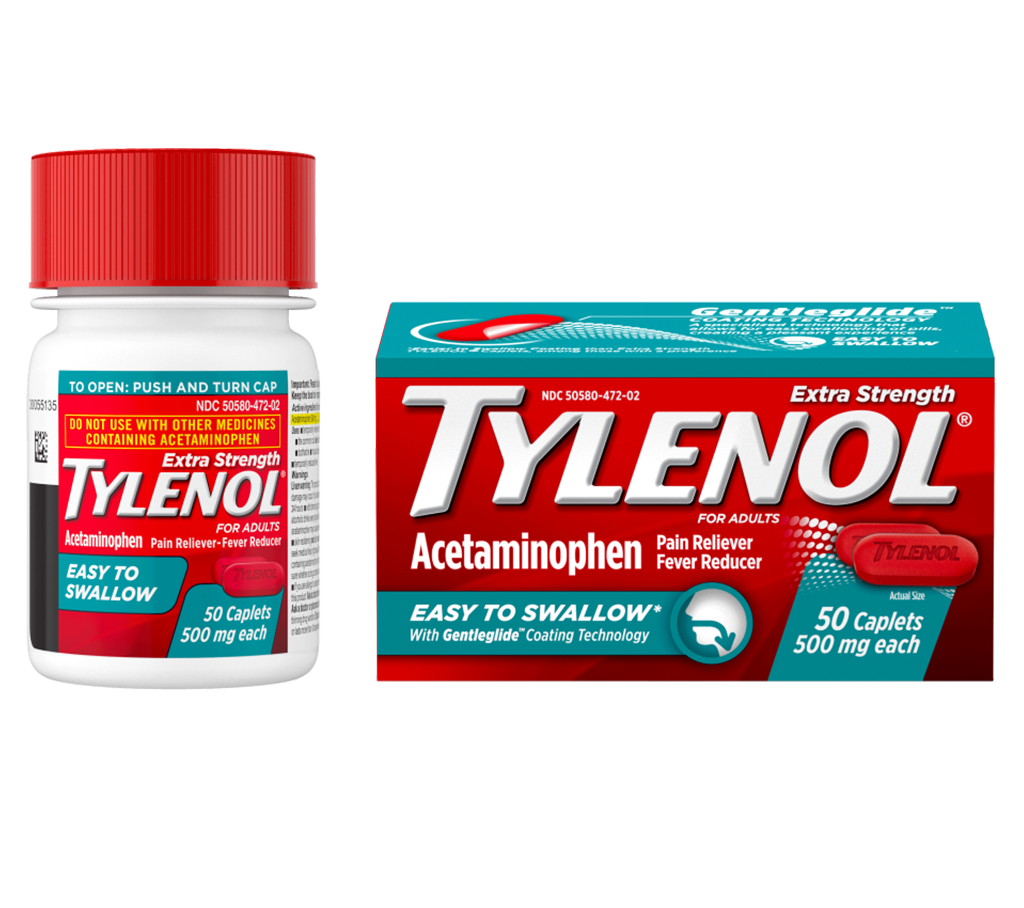What are the symptoms of a sports injury?
The symptoms of a sports injury can vary depending on the type and severity of the injury, but common signs include:
- Pain: This can range from mild to severe and is often localized to the area of injury. The pain may be sharp or dull and can worsen with movement or pressure.
- Swelling: The affected area may swell due to inflammation or fluid accumulation. Swelling can cause discomfort and restrict movement.
- Bruising: Discoloration or bruising may appear around the injury site, indicating bleeding under the skin.
- Stiffness: Limited range of motion or stiffness in the affected area is common, making it difficult to move or perform certain activities.
- Tenderness: The injured area may be sensitive to touch or pressure.
- Weakness: There may be a noticeable decrease in strength or function in the affected limb or body part.
- Instability: In cases of joint injuries, there may be a feeling of instability or giving way in the joint.
- Numbness or Tingling: Nerve damage or compression can lead to sensations of numbness or tingling in the injured area.
- Deformity: In severe injuries, such as fractures or dislocations, there may be visible deformities or abnormal angles in the affected body part.
If you suspect a sports injury, it’s important to seek medical attention to assess the severity and determine the appropriate treatment. Early diagnosis and proper management can help prevent complications and promote a quicker recovery.
What are the causes of a sports injury?
Sports injuries can result from a variety of factors, including:
- Trauma: Direct impact or collision with another player, equipment, or the playing surface can lead to injuries such as fractures, sprains, and contusions.
- Overuse: Repetitive stress or overuse of a particular muscle or joint can cause injuries like tendinitis, stress fractures, and muscle strains. This is often seen in activities that involve repetitive motions.
- Improper Technique: Using incorrect techniques or forms during exercise or sports activities can put undue stress on the body, leading to injuries. For example, improper lifting techniques or incorrect running form can contribute to injuries.
- Lack of Conditioning: Insufficient physical conditioning or preparation for a sport can increase the risk of injury. Weak or unconditioned muscles and poor flexibility can make the body more susceptible to injuries.
- Inadequate Warm-Up: Failing to properly warm up before physical activity can increase the risk of injuries. Warm-ups prepare the muscles and joints for the stresses of exercise, reducing the likelihood of strains and sprains.
- Improper Equipment: Using inappropriate or poorly fitted equipment, such as shoes, pads, or helmets, can contribute to injuries. Equipment that does not provide proper support or protection may increase the risk of harm.
- Environmental Factors: Playing surfaces that are uneven, slippery, or hard can contribute to injuries. Weather conditions like rain or ice can also affect safety during sports activities.
- Previous Injuries: Having a history of previous injuries can increase the risk of re-injury or complications. Scar tissue or weakened areas from past injuries may be more vulnerable.
- Fatigue: Playing or exercising while fatigued can impair coordination, reaction time, and overall performance, increasing the risk of injury.
Addressing these causes through proper training, technique, equipment, and conditioning can help prevent sports injuries and promote overall safety in physical activities.
What is the treatment for a sports injury?
The treatment for a sports injury depends on the type and severity of the injury. Here are some common approaches:
- Rest: Resting the injured area is crucial to allow healing and prevent further damage. This often involves stopping the activity that caused the injury and avoiding putting weight or strain on the affected area.
- Ice: Applying ice to the injured area can help reduce swelling, pain, and inflammation. It is typically recommended to ice the injury for 15-20 minutes every 1-2 hours during the first 48 hours after the injury.
- Compression: Using an elastic bandage or compression wrap can help control swelling and provide support to the injured area. Be careful not to apply compression too tightly, as it can impair blood flow.
- Elevation: Elevating the injured area above heart level can help reduce swelling by allowing fluids to drain away from the site of injury.
- Pain Relief: Over-the-counter pain relievers such as ibuprofen or acetaminophen can help manage pain and reduce inflammation. Follow dosing instructions and consult a healthcare provider if pain persists.
- Physical Therapy: For more severe injuries or those that require rehabilitation, physical therapy may be recommended. Physical therapists can provide exercises to improve strength, flexibility, and range of motion, as well as techniques for pain management.
- Rehabilitation Exercises: Gradual rehabilitation exercises and stretching may be necessary to restore function and prevent re-injury. A tailored exercise program can help strengthen muscles and improve joint stability.
- Medical Evaluation: For serious injuries or if symptoms do not improve with initial treatment, seek medical evaluation. A healthcare professional may perform diagnostic tests, such as X-rays or MRIs, to assess the extent of the injury and recommend appropriate treatment.
- Immobilization: In some cases, immobilizing the injured area with a splint or brace may be necessary to allow proper healing. This is typically used for fractures or severe sprains.
- Surgery: In severe cases, such as complex fractures or tears, surgery may be required to repair damaged tissues or bones. Post-surgery rehabilitation will be essential for recovery.
- Avoiding Aggravation: Gradually returning to activity and avoiding movements or sports that could aggravate the injury is important for long-term recovery.
Consulting a healthcare provider for personalized treatment recommendations is crucial to ensure appropriate care and prevent complications.

Leave a Reply
You must be logged in to post a comment.